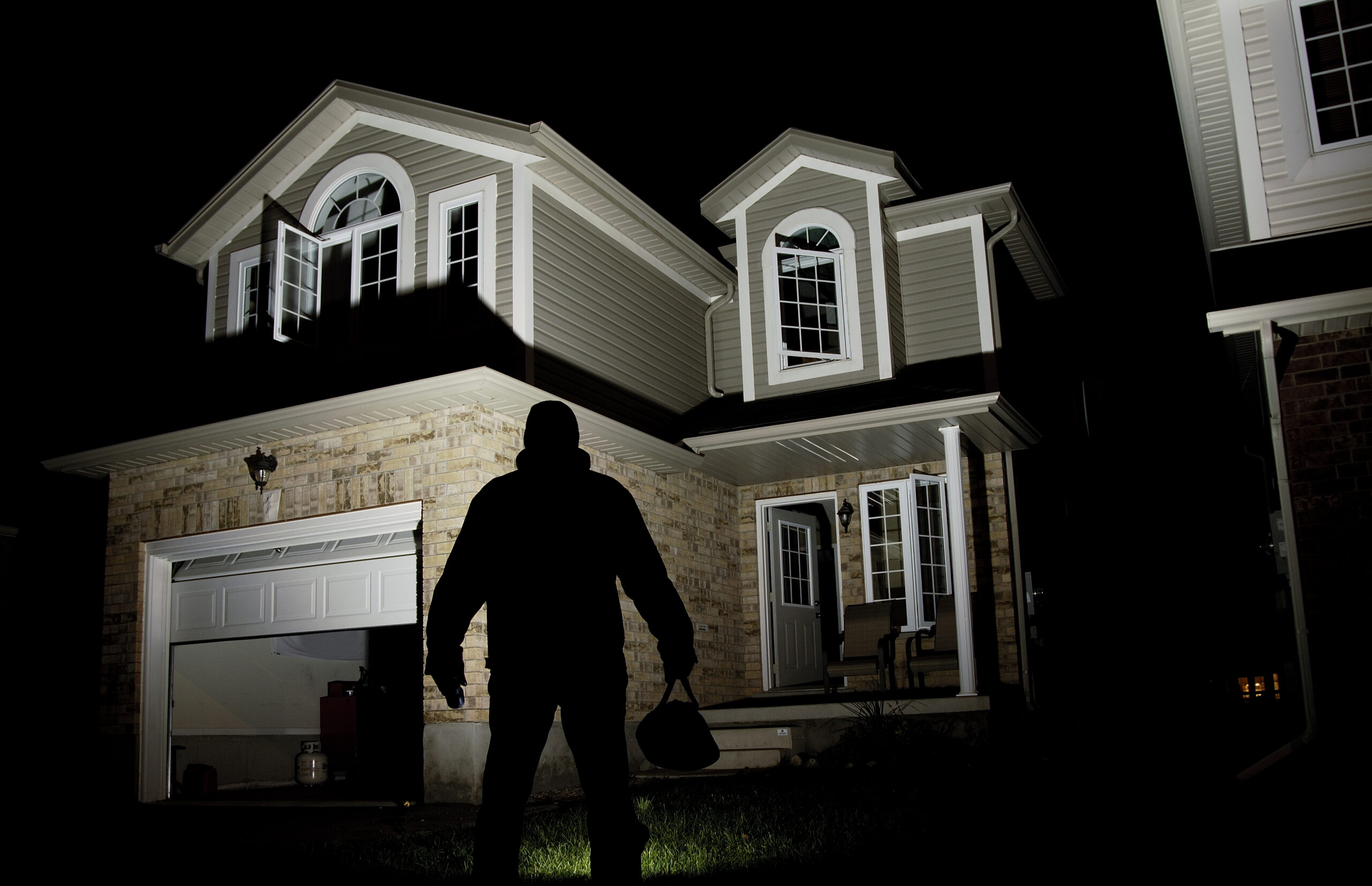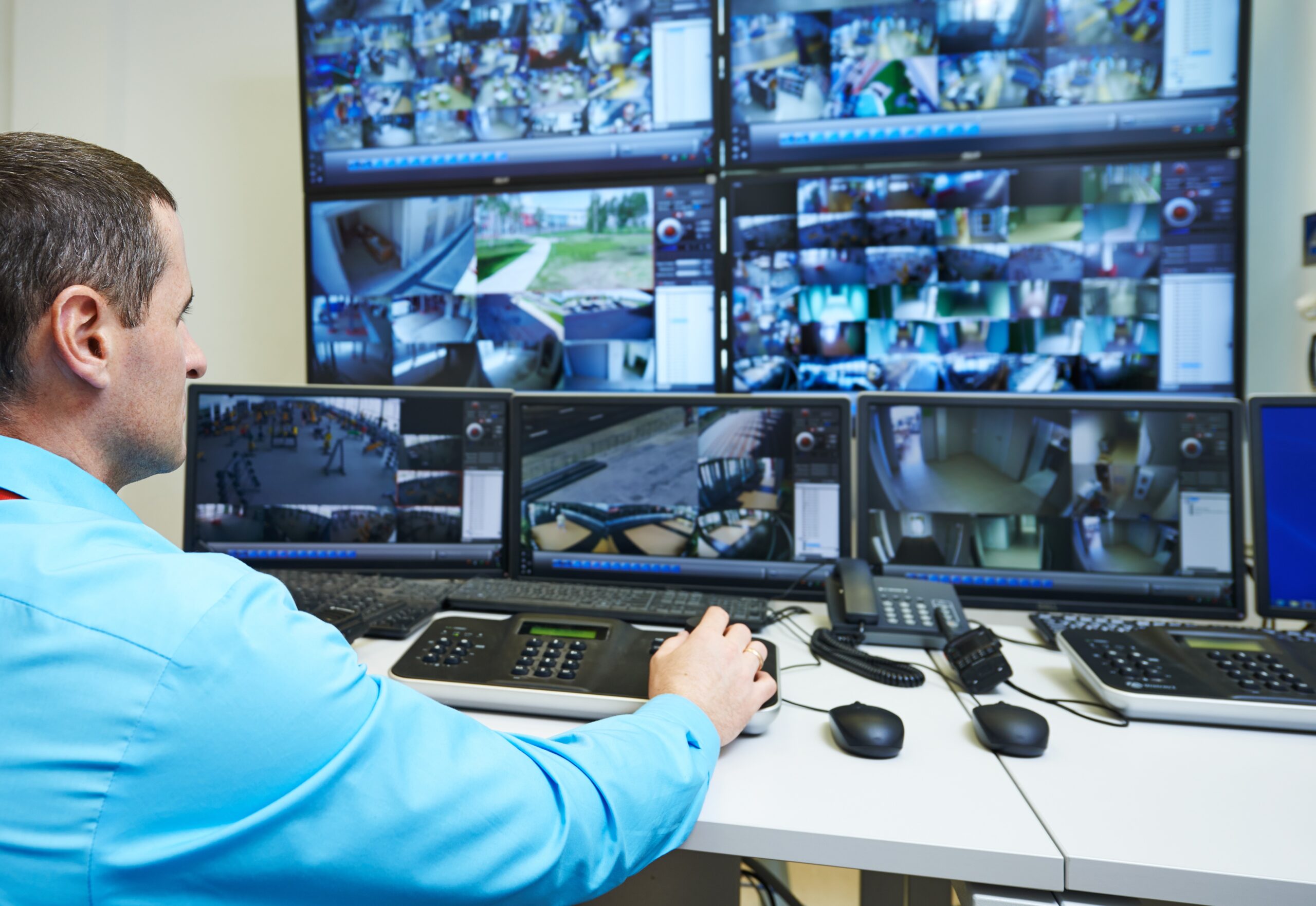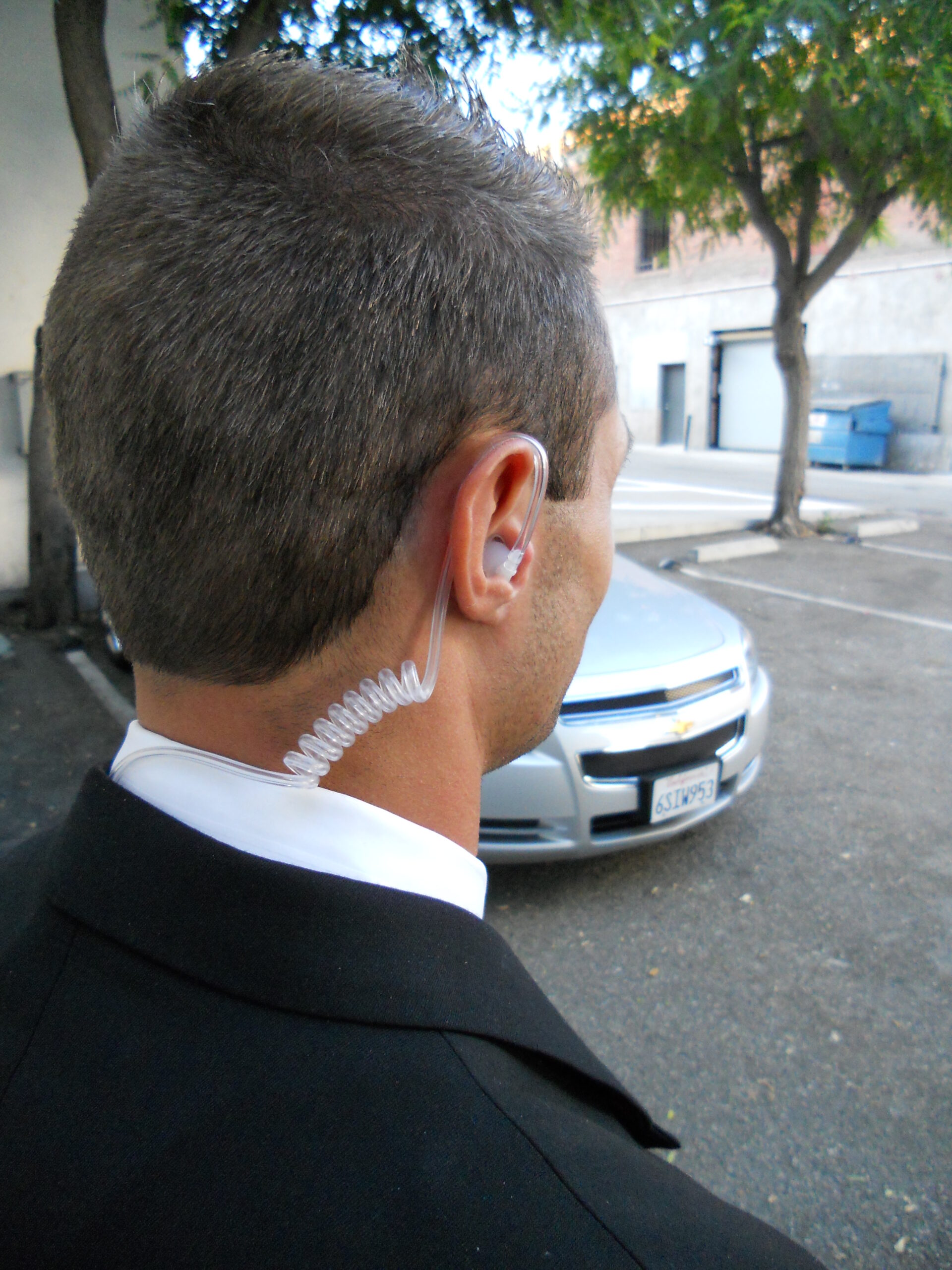There are books, training seminars and even schools that are dedicated teaching investigators how to conduct effective surveillance. Unfortunately, effective surveillance cannot be learned in a vacuum, it must be learned in the field doing the job.
You do not have to spend thousands of hours in a hot car or crawl through bushes in the middle of the night in order to learn basic techniques that will ensure a quality private investigation.
Step 1: Define the job.
Who is the client?
What is their goal?
What is your experience level and what are you capable of?
What is their budget?
How much time, energy, and resources can they dedicate to accomplishing their goal?
lastly, and most important, is this job ethical and legal?
These are all questions that an investigator must address thoroughly before you take on a case or creating a contract with a client.
Step 2: Method of Approach
Now that you have an idea of what your client is looking for, it is time to figure out how you are going to accomplish their goals. Is the surveillance a one person job or does it require a team in order to execute it effectively in order to accomplish the clients objectives.
If it is likely that the investigator will be coming in contact with the subject or other persons of interest, a plausible cover story must be developed that is based on truth and easy to remember. The investigator must easily be able to establish as to why they are where they are and what they are doing.
Step 3: Equipment
Based on the purpose, environment, method of approach and goals the investigator should choose equipment that is both effective and versatile. This is broken into several categories including:
– A video camera and still camera with zoom and image stabilization
– A cell phone, laptop, GPS, walkie talkie handheld radios, voice recorder and the good old trusty pen and paper
– A suitable vehicle that is not too flashy, has ample power and allows the investigator comfort, especially on long surveillances with a full tank of gas
– Vehicle accessories including sun shades and window tint to allow for easier concealment
– Clothing should be worn that is dark in color to absorb and not reflect light and allows the investigator flexibility to blend in with most environments should surveillance on foot be required
Step 4: Stationary Surveillance
Upon arrival at the surveillance location the investigator should set up staggered one to two properties down and across the street in a place that provides good visibility of the subject and/or their vehicles but also allows for the ability to follow the subject if they go mobile. Make sure to take note of the address, the description of the vehicles and the license plate numbers. This information along with your observations and/or a narrative will be contained within the report that you will deliver to the client/your employer.
Every surveillance location is different, so use your judgment in determining which location is best. Keep in mind the best surveillance location may require the investigator to maintain a visual through the use of mirrors and or the back window of their vehicle.
Step 5: Mobile Surveillance
Mobile surveillance is what you often see in the movies. It occurs when the subject leaves one location and the investigator follows them to one or more other locations. The purpose of mobile surveillance is to track the subject and determine what they are doing, who they are doing it with, and to discover new intelligence.
For a workers compensation claim surveillance, you may have special interest in physical activities that may be impacting the impairment that is described on the case file.
For infidelity and/or cheaters investigations, you may have special interest in who your subject is associating with, where they are going, and physical contact that may be occurring between your subject and the others observed.
For commercial and business surveillance, you may be interested in the documents disposed of by the business, any fraudulent activity or theft committed by the business or their employees.
For family law and child custody surveillance, you may be interested in the general welfare of the children, and the activities of the father or mother.
Step 6: Evidence
Most of the time, collecting evidence involves documentation of activities, the vehicles and addresses observed, and video or still photographs of the subject and their activities. Investigators should pay special attention to the quality and clarity of the video and photographs taken.
Most importantly, be safe out there and obey all federal, state, local and traffic laws along with local ordinances while conducting investigations.
The above article is for informational purposes only. It is not intended to provide training and/or certification investigators nor shall it be constituted as legal advice.
AEGIS Private Security / AEGIS Private Investigations is a licensed private patrol operator and private investigative firm based in Culver City, California. Our services are available on short notice anywhere in Los Angeles with specialization on the west side including Santa Monica, Beverly Hills, Brentwood, Hollywood, and Bel Air and in the San Fernando Valley including Sherman Oaks, Encinco, Tarzana, Calabasas and Hidden Hills. Our services are available regionally and nationally as well.
—
Jeff Zisner, CPP
Owner & Qualified Manager
AEGIS Private Security | AEGIS Private Investigations
CA PPO #16744 | CA PI #27756
310.838.2787 | www.aegisprivatesecurity.com





